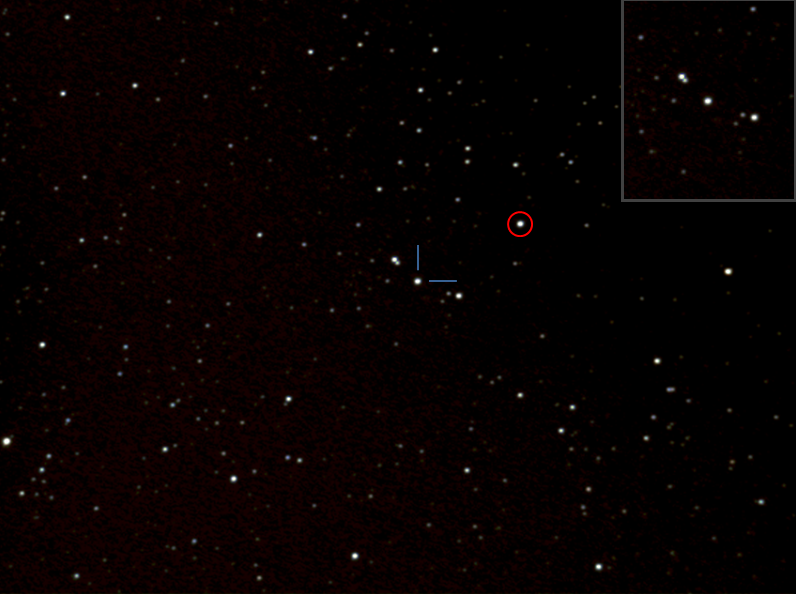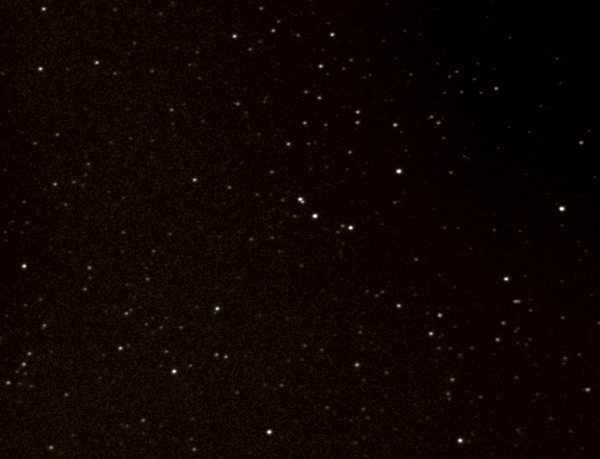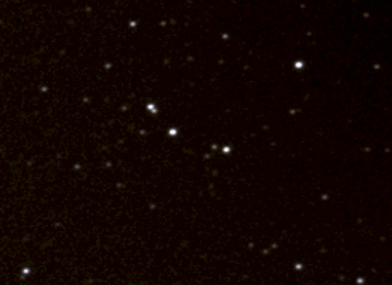During the night of December 11th and into the early morning of December 12th, the asteroid 32 Pomona was positioned high in the east-southeast sky well above the trees and roofline that block the view from my backyard. Although 32 Pomona was still inside the light dome of east Oklahoma City, the seeing (i.e., the steadiness of the atmosphere) was pretty good. Here are some images I captured of this minor planet during the observing session. All images were captured using a Meade SN-8 (203mm f/4) telescope and ZWO ASI224MC camera.
The Setting

On this night, 32 Pomona was near the ecliptic, slowly moving across the sky in the constellation Gemini beneath the feet of the twins. Comet 67P/Churyumov-Gerasimenko and Asteroid 22 Kalliope were nearby. I also grabbed some images of them. I will post those images in separate posts.
Wide View

Wide View Animation

Zoomed In Animation

Asteroid 32 Pomona is a rocky main belt asteroid with a diameter estimated as 81 kilometers (50 miles). As a main belt asteroid, 32 Pomona orbits the Sun between the orbits of Mars and Jupiter. Its orbital period is 4.16 years. At the time these images were captured, 32 Pomona was 1.683 AU (156,444,600 miles/ 251,773,200 km) from Earth.
Notes:
1. December 12, 2021, 04:16:05 UT. Stack of 8 frames at 30 seconds each (total 240s). Telescope: Meade SN-8 (203mm f/4). Camera: ZWO ASI224MC with UV/IR cut filter. Mount: Celestron CGEM.
2. December 12, 2021, 04:04:00-04:36:13 UT. 36-minute, 9-image, animation sequence. Each image a stack of 8 frames at 30 seconds each (total 240 seconds). Telescope: Meade SN-8 (203mm f/4). Camera: ZWO ASI224MC with UV/IR cut filter. Mount: Celestron CGEM.